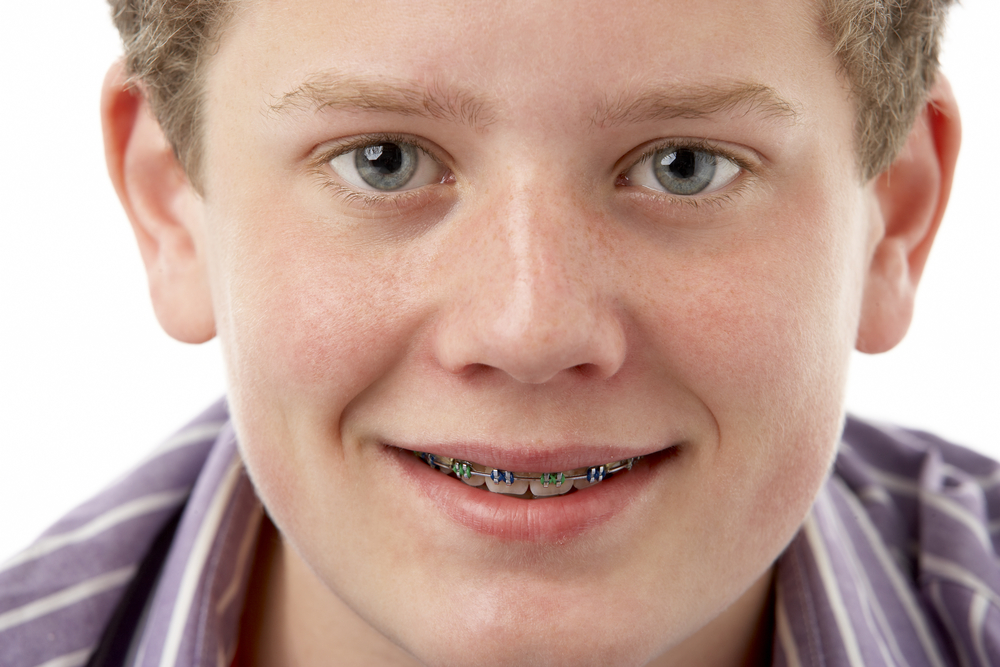While the American Association of Orthodontists (AAO) strongly recommends that children have their first orthodontic screening before they reach age 7, there are many reasons why some people may be unable to have orthodontic treatment in childhood. Finances or lack of knowledge could prevent a person having an early intervention.
Between 7 & 10 Years Old
Getting braces fitted at this early age is somewhat dependent on whether a child’s milk teeth have fallen out and their adult teeth are in place.
That said, a child won’t necessarily require braces at this age. But a consultation at about 7 years old can help plan for future orthodontic treatment.
The Orthodontist will be able to see evidence of forthcoming issues and decide whether treatment will be helpful in due course.
Between 10 & 14 Years Old
Most children get braces between these ages because, physiologically, it’s prime dental treatment time!
Most (or all) of the baby teeth have fallen out and the jaw is stable enough for longer-term treatment. The head and mouth continue to grow, which makes it easier to straighten the teeth.
However, braces always lead to changes in physical appearance, so it’s important to discuss the situation with the child before committing to treatment.
Thankfully the stigma around braces has diminished (largely due to widespread usage of braces these days) in recent years. But it remains important to talk things through with your child every step of the way.
Another benefit of treatment (from a parent’s) perspective at this age is that the child should be old enough to care for the braces themselves!
Over 14 Years Old and into Adulthood
Older people can (and do) get braces too!
Just because most people get braces in their teenage years doesn’t mean you aren’t allowed if you’re slightly longer in the tooth.
In fact, a growing number of adults are seeing orthodontists to correct problems with their teeth. According to this Harvard Medical School article, 20% of all orthodontic patients are over 18.
Perhaps you didn’t have the chance to seek orthodontic treatment in younger years. Or only now do you recognize the problems with your teeth. Remember, issues can get worse as you age and treatment might still be needed.
It’s true that it’s less common for adults to wear braces and you might feel added stigma as a result.
But it’s important to think long term. Short term discomfort can prevent more serious dental issues in the future.




